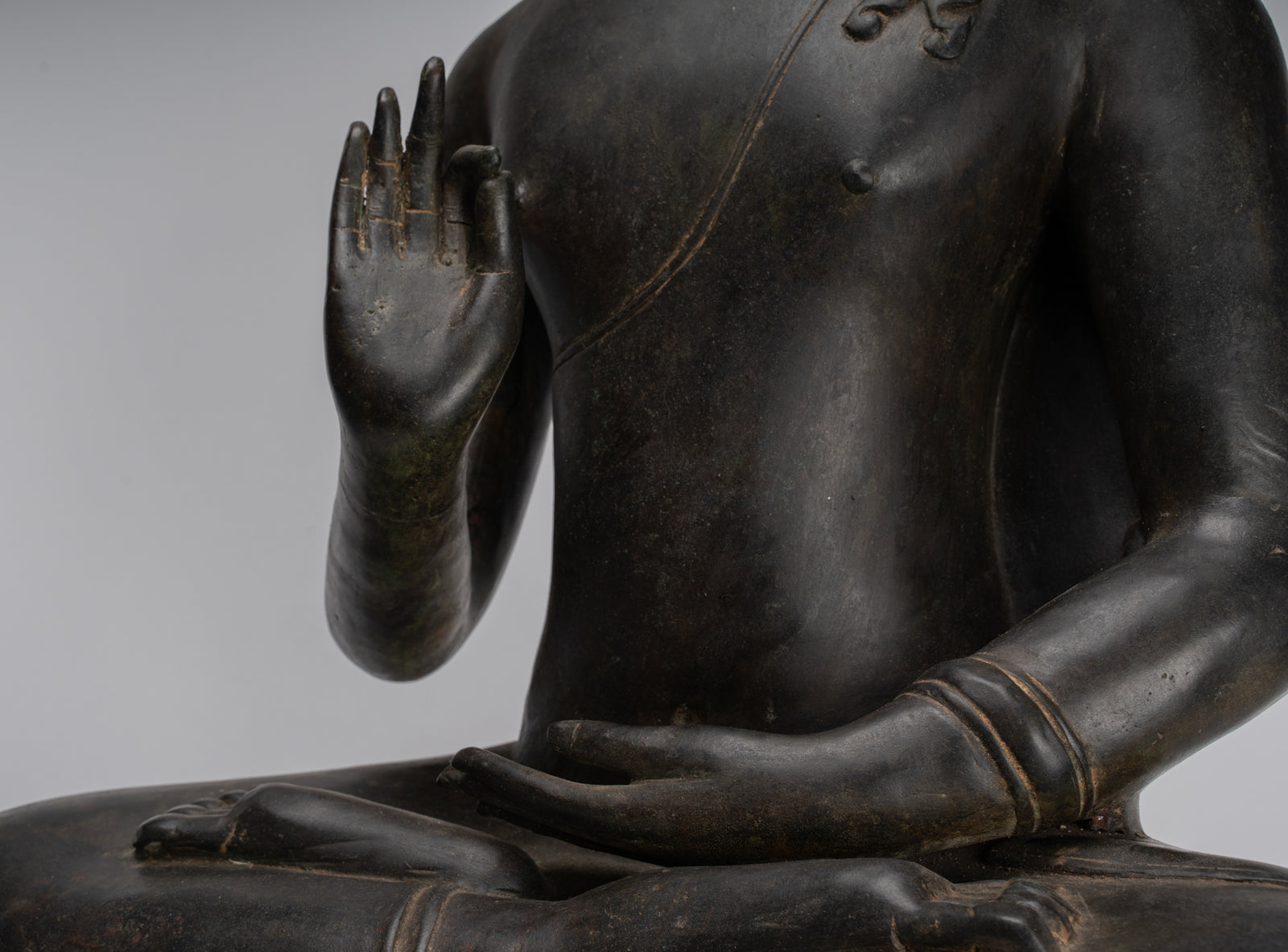
The Profound Significance of Buddha Statues in Buddhist Practice
Introduction
Buddhism, one of the world's major religions, is characterized by its rich symbolism and iconic representations. Among these, statues of the Buddha hold a special place in the hearts and minds of Buddhists worldwide. These statues are not mere decorative objects but rather powerful symbols that embody the core teachings and values of Buddhism. In this Blog, we will explore what a statue of the Buddha means to Buddhists, examining its significance in religious practice, culture, and spirituality.
A Physical Representation of the Enlightened One
Buddha statues are, above all, physical representations of the historical Buddha, Siddhartha Gautama. They serve as a reminder of the human being who attained enlightenment and became the Buddha. For Buddhists, these statues are a tangible connection to the life and teachings of the Buddha, allowing them to cultivate a sense of reverence and closeness to the enlightened one.
An Object of Devotion and Reverence
Buddha statues serve as focal points for devotion and reverence in Buddhist practice. Buddhists often place these statues in their homes, temples, or monastic spaces to create a sacred atmosphere. The act of bowing or making offerings in front of a Buddha statue is a way of expressing respect and gratitude for the Buddha's teachings and the path to enlightenment.
A Source of Inspiration and Contemplation
Buddha statues are not only objects of devotion but also sources of inspiration and contemplation. Their serene and compassionate expressions encourage Buddhists to reflect on the qualities of the Buddha, such as wisdom, compassion, and inner peace. By gazing upon a Buddha statue, practitioners can draw inspiration for their own spiritual journeys.
Symbols of the Dharma
The Buddha statues often depict specific hand gestures and postures, each conveying a particular aspect of the Dharma, the Buddha's teachings. For example, the Buddha's hand in the gesture of meditation (Dhyana Mudra) represents serenity and mental calm, while the gesture of touching the earth (Bhumisparsha Mudra) symbolizes the moment of enlightenment. These symbolic gestures serve as constant reminders of the core principles of Buddhism.
A Way to Cultivate Mindfulness
Buddhism places a strong emphasis on mindfulness, the practice of being fully present and aware in the moment. Buddha statues can aid in this practice. By focusing on the details of a statue, such as the folds of the robe or the serene expression, Buddhists can enhance their mindfulness and concentration, leading to a deeper understanding of themselves and the world.
A Connection to Community and Tradition
Buddha statues also symbolize the sense of community and tradition that binds Buddhists together. These statues are often found in temples and monasteries, where they become central to communal worship and rituals. They serve as a unifying force that connects Buddhists across generations and geographical boundaries.
A Reminder of Impermanence
The Buddha's teachings emphasize the impermanence of all things, and this principle is reflected in the use of statues. Over time, Buddha statues can wear and deteriorate, serving as a reminder of the transient nature of life. This encourages Buddhists to reflect on the impermanence of all things and to focus on inner qualities that endure.
Conclusion
For Buddhists, a statue of the Buddha is much more than a piece of art or decoration. It is a sacred and powerful symbol that embodies the essence of Buddhist teachings and values. Buddha statues serve as objects of devotion, inspiration, and mindfulness, connecting practitioners to the life and wisdom of the Buddha. They symbolize a shared heritage and tradition, fostering a sense of community among Buddhists.
Ultimately, a Buddha statue is a profound reminder of the core principles of Buddhism, guiding practitioners on their spiritual journey towards enlightenment and inner peace.


